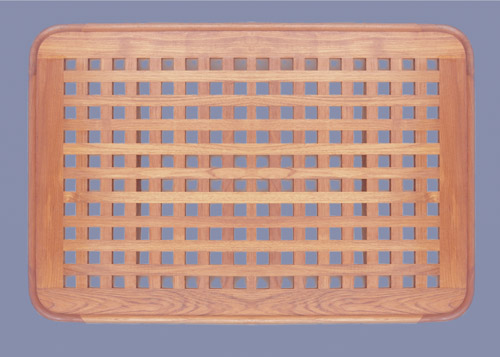Advertisement

Most teak cleaners are not detergents - many contain strong acids or alkalis such as oxalic acid, potassium or sodium hydroxide, or hydrogen chloride in varying strengths designed to do the tough job of cleaning worn and weathered teak. Use them with care - they may cause chemical burns on skin or eyes. They can also damage other materials in your work area, lift paint and varnish, mar fiberglass surfaces, destroy anodizing on aluminum, and etch chrome fittings. Not all are properly labeled. Some are two-part systems, so be sure to follow directions. Teak cleaners are formulated to clean bare or oiled wood.
When handling teak cleaners, wear rubber gloves, keep a hose handy, and always thoroughly flush the area where these chemicals are used. If skin contact is made, flush with running water. Consider wearing goggles to protect your eyes from being splashed. Avoid fumes, which may irritate eyes. Depending on the circumstance you may need to wear an OSHA approved breathing mask to protect from fumes.
However there are teak cleaners available that are less caustic. Read the labels when you buy. And then, there’s the old fashioned tried and true method of light sanding until the teak looks new. But you can only do this so much before teak veneer wears thin and plugs covering screws fall out. If you do sand it’s important to seal it with a good teak sealer or varnish.
